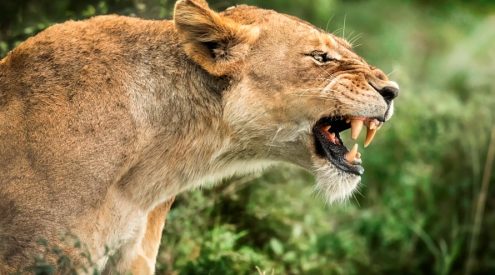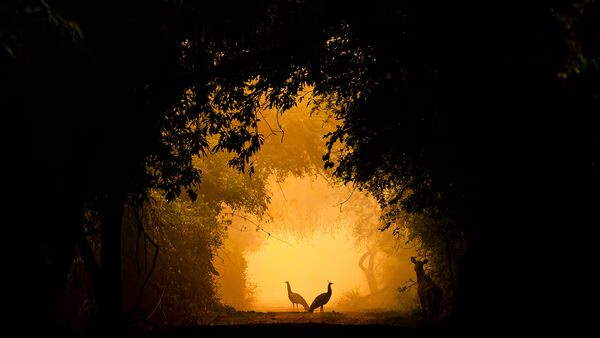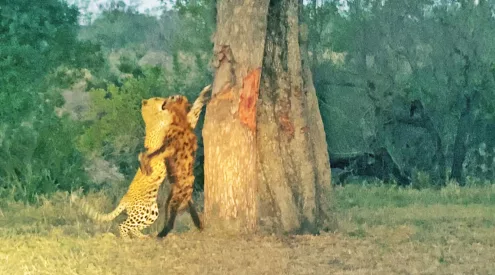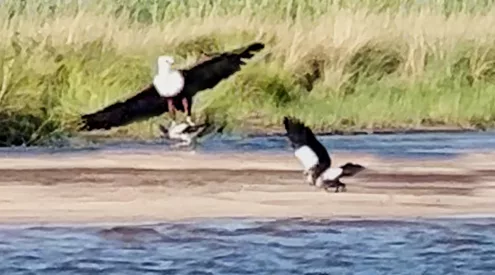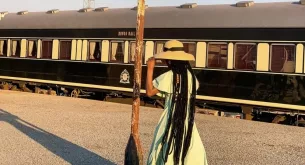The distinguished British evolutionary biologist JBS Haldane was once asked by an Anglican bishop what, from his study of creation, one could conclude as to the nature of the Creator. Haldane answered: “˜An inordinate fondness for beetles.’
He had good reason. More than 360 000 species have been described by science, but there are thought to be several million yet to be discovered. They far outnumber any other species.
“˜I show my students a beautiful beetle,’ said entomologist Marcus Byrne when I tracked him down at Wits University, “˜and I tell them: “This is the body plan for this planet. If you want to be a successful organism, be a beetle! You can fly, you can hide and, when you tuck away your wings, you’re as tough as an old boot.”‘
Among the thousands of possible bugs that could keep an entomologist in business, Marcus has an inordinate fondness for dung beetles. There are 800 species in South Africa, around 2 000 in Africa and 5 000 worldwide. This leads to behaviour more normal folk may consider strange.
“˜The way to see them,’ he confided, “˜is to get a beer, choose a nice spot in the bush and a big piece of pooh, switch on your headlamp and you’re in for an evening’s entertainment.’
What makes them fun to watch is that they’re ball thieves, so competition at the dung pat is fierce. And they have to work fast. Flying heats them up and increases their apparent energy. A cooled beetle is a loser. So the best strategy is to steal a ball and run for it. The next best is to make a ball as fast as you can and deter all comers.
“˜An invader will shove his head under the owner of the ball, flip him into the air and hurtle off with the ball. Hot guys win more fights,’ said Marcus.
“˜When I was a kid back in Britain, I hated insects. If a moth got onto my bedroom curtain, I’d yell for my mum to save me. When I started my MSc at Wits, I needed a job and was given one as a technician in the Dung Beetle Research Unit. We’d be eating our dinner under a fluorescent tube in Hluhluwe Game Reserve with a gazillion insects on the ceiling. You either had to get on with it or get out.
“˜I fell for dung beetles. They’re such enigmatic animals. They don’t bite, they don’t sting, they’re doing something you can identify with. It’s not just that they’re up to their eyeballs in s**t and having a rough time. They work so hard making dung balls and they’re such determined, honest little fellows. They’re an African icon, like the lion or fish eagle.’
The really interesting part, however, is what Marcus and fellow biologists have found out how dung beetles navigate at night. Most work by day and use the sun for dead reckoning. But a particular species, Scarabaeus zambesianus, does its ball-working after sunset.
Why, you may ask, does a dung beetle need to navigate? “˜They have to get the ball away from the dung pat as fast as they can,’ Marcus explained. “˜The fastest way to do that is in a straight line. That way they’ll never come back to where they started and they’ll put the maximum distance between them and ball thieves in minimum time.’
Keeping a straight line while rolling a ball over rough terrain backwards is not easy, especially at night. So zambesianus uses the moon. But not only the moon. If it’s behind a cloud or just below the horizon, they use its polarised light halo. They’re the only creatures, as far as we know, that can do this.
The question remains how Marcus knows this. His research requires antics he hopes nobody ever watches.
“˜On a farm near Vryburg, we’ve cleared an area to give them roll space. We plonk a dung ball in the middle and release some beetles. Then one of us crawls along behind a beetle in the moonlight sticking kebab sticks into the sand to mark its path, while someone walks alongside it counting off seconds. Sometimes there’s another guy walking on the other side holding a circle of hardboard over the beetle blocking direct moonlight. You’re on your knees with your bum in the air hoping only other entomologists can see you. The beetles go in a straight line for a long way.’
The reason for all this rolling? “˜They eat it. But it’s also like a box of chocolates to lure a female to mate and lay eggs in the ball – a nuptial gift of pooh.’
How did the beetles work all this out? Nobody knows. JBS Haldane, a man who puzzled about the ways of bugs for most of his life, got it just about right when he said: “˜My suspicion is that the Universe is not only queerer than we imagine, but queerer than we can imagine.’

